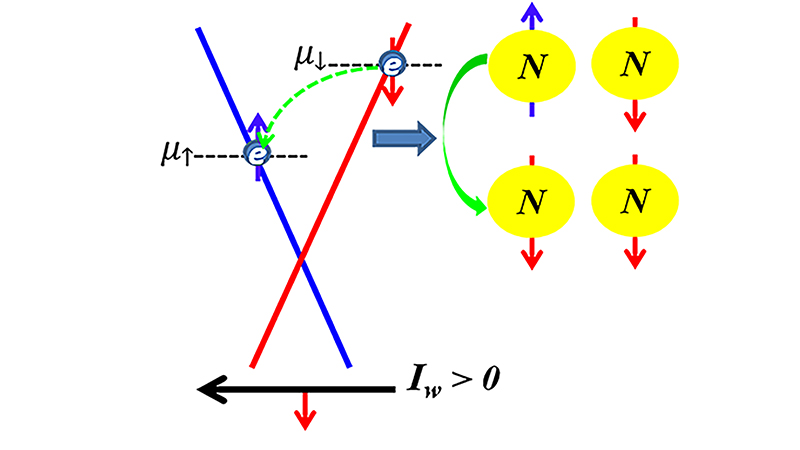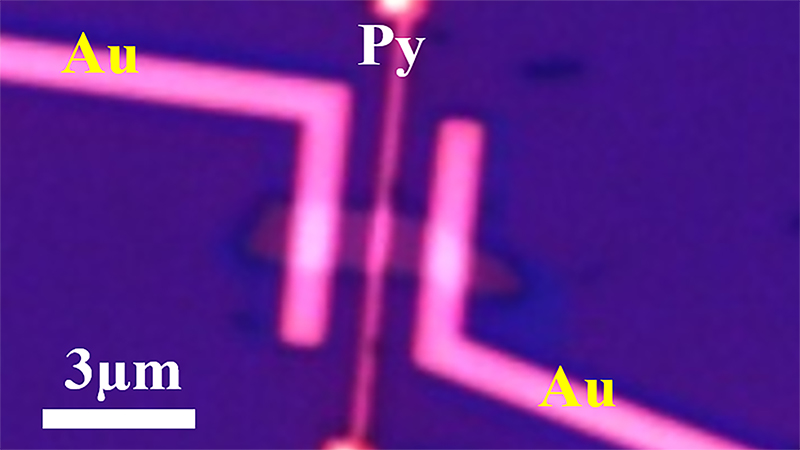By Gary Elinoff, contributing writer
The bittersweet reality of semiconductor development is that engineers can now build transistors on an atomic level — just a few atoms in any dimension. It’s an awesome technological achievement, but sadly, there isn’t much room left to go down on this road. But a new pathway for semiconductor development may well have opened through quantum mechanics, specifically by manipulating the spin states of electrons through a process known as spintronics.
Remember freshman chemistry in college? Atoms are composed of protons and neutrons, with electrons spinning around them. The electrons could be in S, P, D, or F orbital shells, and the electrons had a “spin.” There are two spin states, which, for our purposes, can be thought of as being either up or down. A quick explanation can be found here.
Topological insulators
This spin stuff comes into play in device design through the use of topological insulators. Unlike most materials, which are either conductors or insulators throughout, topological insulators are conductors on the surface but insulators on the inside. The spin state of the electrons on the surface of a topological insulator, either up or down, can be aligned through a process called “spin momentum locking.” And, as many of you have already guessed, up and down correspond very nicely with one and zero.
Spin momentum blocking can be effected by an electric current, and the state of the spin is measurable. Recent advances at Purdue University make it possible to create a spin state is maintained for a full two days after the electric current is removed. These three abilities provide everything you need to form the possible basis of a future computer memory. (In the project at Purdue, the topological insulator employed was bismuth tellurium selenide.)
Supriyo Datta, leader of the recently launched Purdue “spintronics preeminent team initiative,” has theorized that the semi-permanence of this process might be due to the transference of the spin to the atomic nuclei itself. In the illustration below of such transference, the electrons are depicted on the left and the atomic nuclei are on the right.

Electron state transferred from electron to atomic nucleus. Image source: Purdue University image/Jifa Tian.
Future implications of quantum memories for quantum computing
The possibilities that stem from work like this are huge. It suggests the possibility, for example, of computer memories with smaller orders of magnitude, using proportionately less power, than today’s semiconductor devices.
However, quantum memories and quantum computing on a general basis are still technologies of the future. Note, for instance, the 3-μm scale of the measurement technique necessary to read the persistent spin polarization of the topological insulator.

Recording the up or down state. Image source: Purdue University image/Jifa Tian.
The one or zero is stored on an atomic level, but the reading device is of a much more prosaic size. So while this spintronic memory and related technologies have enormous future potentials, they won’t be a part of ordinary electronic devices any time soon.
Advertisement
Learn more about Electronic Products Magazine





